Gwangcheon Cave Salted Shrimp Market (광천 토굴새우젓시장)
0m 23896 2024-02-26
8-20, Gwangcheon-ro 285beon-gil, Gwangcheon-eup, Hongseong-gun, Chungcheongnam-do
Gwangcheon Cave Salted Shrimp Market is a traditional market located in Gwangcheon, between Hongseong and Boryeong. Gwangcheon’s proximity to the Yellow Sea makes it a famous place for jeotgal (salted seafood), made using seafood and shrimp caught from the Yellow Sea, and laver seaweed. Gwangcheon’s saeujeot (salted shrimp) is stored and aged in a cave tunnel, so it has great quality. The market also offers agricultural goods, seafood, clothing, and sundry items.
Gwangcheon Cave Salted Shrimp Complex (광천토굴새우젓단지)
1.9 Km 4623 2024-02-26
119, Gwangcheon-ro, Gwangcheon-eup, Hongseong-gun, Chungcheongnam-do
Gwangcheon Cave Salted Shrimp Complex is a collection of shops offering saeujeot (salted shrimp), a specialty of Gwangcheon. Gwangcheon’s proximity to the Yellow Sea makes it a famous place for jeotgal (salted seafood), particularly those made with shrimp. Gwangcheon’s saeujeot (salted shrimp) is stored and aged in a former mine cave tunnel, so it has great quality. There is even an exhibition hall dedicated to Gwangcheon cave salted shrimp. The Gwangcheon Cave Salted Shrimp & Dried Laver Festival is held in October.
Picturesque Arboretum (Gallery in the Garden) [그림같은 수목원(그림이 있는 정원)]
2.1 Km 45244 2024-02-26
102-36, Chungseo-ro 400beon-gil, Gwangcheon-eup, Hongseong-gun, Chungcheongnam-do
The Picturesque Arboretum has nearly 1,330 species of plants, including 460 species of trees, with particular emphasis on pine trees. It is home to a Wildflower Garden, Greenhouse, Lotus Garden, Rock Garden, Observatory, Art Museum, Rhododendron Road, Waterfall, Korea Traditional Furniture Exhibition Hall, Nature Ecology Center, and a café.
Hongseong Jeongamsa Temple (정암사 (홍성))
3.9 Km 8355 2021-03-12
652, Oseo-gil, Hongseong-gun, Chungcheongnam-do
+82-41-641-0488
Jeongamsa Temple is a small rural temple situated halfway up Oseosan Mountain. There are few existing records that mention the temple’s beginning. Some suggest that it was built around AD 527 during the 5th year of Baekje King Seongwang’s reign, but there is little evidence to support this theory. The only reference alluding to a specific time is Yeojidoseo ("Detailed Survey of Korean Geography" published during the late Joseon dynasty). It states Jeongamsa Temple's location as on Oseosan Mountain, and Oseosan Mountain being surrounded by Hongsan Mountain and Baegwolsan Mountain and intersected by Hongju, Gyeolseong, and Boryeong. This indicates the temple was recognized in the mid-18th century and around the same time, Garamgo (a book about temples, published in the late 18th century) also states that Jeongamsa Temple is located approximately 11 kilometers to the east of Gyeolseonghyeon. It is still uncertain whether the temple referred to is Jeongamsa Temple on Oseosan Mountain.
Some foundation stones within the temple site measure 70-80 centimeters on each side. These stones indicate that the old Buddhist shrine of Jeongamsa Temple was laid out with five kan (Korean unit of measurement indicating the space between two pilars) at the front and three kan on the side. Future archaeological studies will help identify the true history of Jeongamsa Temple.
Oseosan National Recreational Forest (국립 오서산자연휴양림)
6.8 Km 11305 2022-07-22
531, Oseosan-gil, Boryeong-si, Chungcheongnam-do
+82-41-936-5465
Oseosan National Recreational Forest was opened on September 22, 2001 around Myeongdaegyegok Valley in Boryeong-si, Chungcheongnam-do. The area is separated from the city area, making it perfect for peaceful retreats into nature. There is a training center and many walking paths through the forest. The trail leading to the summit of Oseosan Mountain is popular among families and couples for its view of the sunset.
Hongseong Gujeoram Hermitage (구절암(홍성))
7.6 Km 20050 2024-01-18
163 Geobuk-ro 218beon-gil, Guhang-myeon, Hongseong-gun, Chungcheongnam-do
Gujeoram Hermitage is located within a bamboo forest on a small mountain. The pathway is winding, without any signs marking the way, but this adds to the charm.
Cheongyang Daracgol Julmudeom Holy Site (청양 다락골 줄무덤 성지)
8.8 Km 8051 2020-06-25
78-6, Darakgol-gil, Cheongyang-gun, Chungcheongnam-do
+82-41-943-8123
Julmudeom refers to the unmarked graves of anonymous Catholic martyrs in Darakgol, Cheongyang in Chungcheongnam-do. Darakgol is also the birthplace of St. Choi Gyeong-hwan and Choi Yang-eop (the second Catholic priest in Korea) was also martyred in Gwacheon, Gyeonggi-do. Because the grave is of more than one individual, it was given the name Julmudeom (group graveyard).
Although the exact number of martyrs and their exact cause of death is unknown, they were buried by family resulting in the 37 mounds in three sections. In 1982, Cheongyang Cathedral established monuments to commemorate the unidentified martyrs, and Julmudeom became a well-known site for Catholic pilgrimages. In 1986, the remains of St. Choi Gyeong-hwan Francisco were relocated to the Jeoldusan Martyrs’ Shrine reducing the total number of mounds at Julmudeom to 36.
Seokhwachon (Boryeong) (석화촌(보령))
9.2 Km 5962 2024-02-26
15 Bakgangsul-gil, Jupo-myeon, Boryeong-si, Chungcheongnam-do
041-932-9005
Seokhwachon is a traditional Korean restaurant converted from a rural house. It specializes in Korean dishes. The menu includes specialties such as hanbang ori baeksuk (whole duck soup with medicinal herbs), hanbang dak baeksuk (whole chicken soup with medicinal herbs), samgyetang (ginseng chicken soup), saengseon gui (grilled fish), and galchi jorim (braised cutlassfish). The restaurant offers a variety of dishes that are both hearty and refined, combining sincerity and homemade flavors. Boasting a location where mountains and sea coexist, Boryeong offers diverse ingredients, and it hosts the Boryeong Mud Festival annually in July.
Boryeong Eunhaeng (Ginkgo) Village (보령 은행마을)
9.3 Km 2247 2015-01-20
150-65, Oseosan-gil, Cheongna-myeon, Boryeong-si, Chungcheongnam-do
+82-70-7845-5060
In Boryeong-si, Chungcheongnam-do, Boryeong Eunhaeng (Ginkgo) Village is filled with ginkgo trees. It is also called “Cheongna Eunghaeng Maeul” (청라 은행 마을) and “Green Rural Tourism Village” (녹색농촌체험마을).
Upon entering the village, murals can be seen, which are enhanced by ginkgo trees throughout the village, particularly in autumn when they change a dazzling yellow.
The village uses Janghyeon Elementary School, which closed in 1991, as a market place and local experience venue. Permanent hands-on programs and seasonal countryside activities, making a mosaic with ginkgo leaves, and shaking and gathering ginkgo leaves are also available.
Hongseong Jeongchungsa Shrine (정충사 (홍성))
10.3 Km 0 2024-01-15
40-1 Pangyo 1-gil, Seobu-myeon, Hongseong-gun, Chungcheongnam-do
Jeongchungsa Shrine is located in Hongseong-gun, Chungcheongnam-do. It was first built in 1632, and was then rebuilt after a time of disrepair in 1872. The shrine was designated as a cultural heritage of Chungcheongnam-do on October 20, 2009.
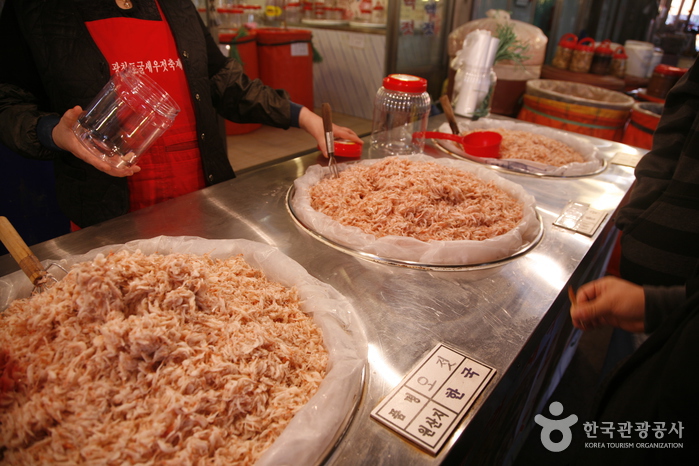
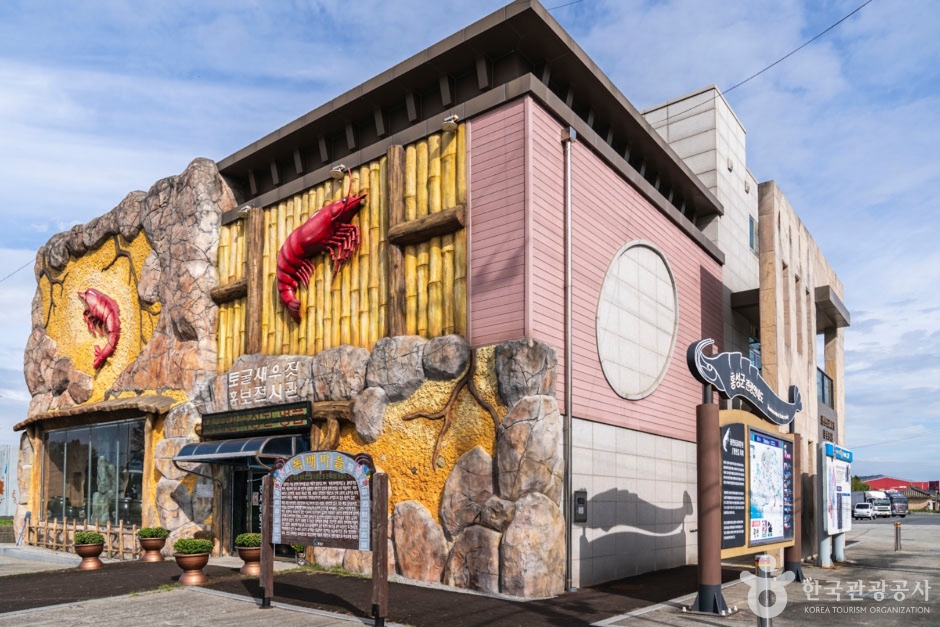

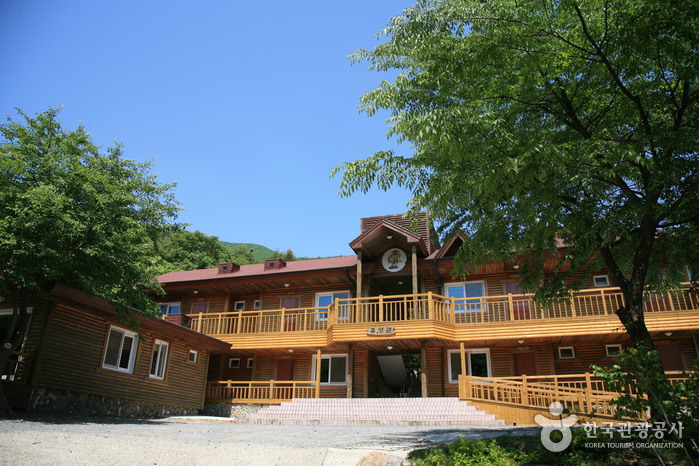
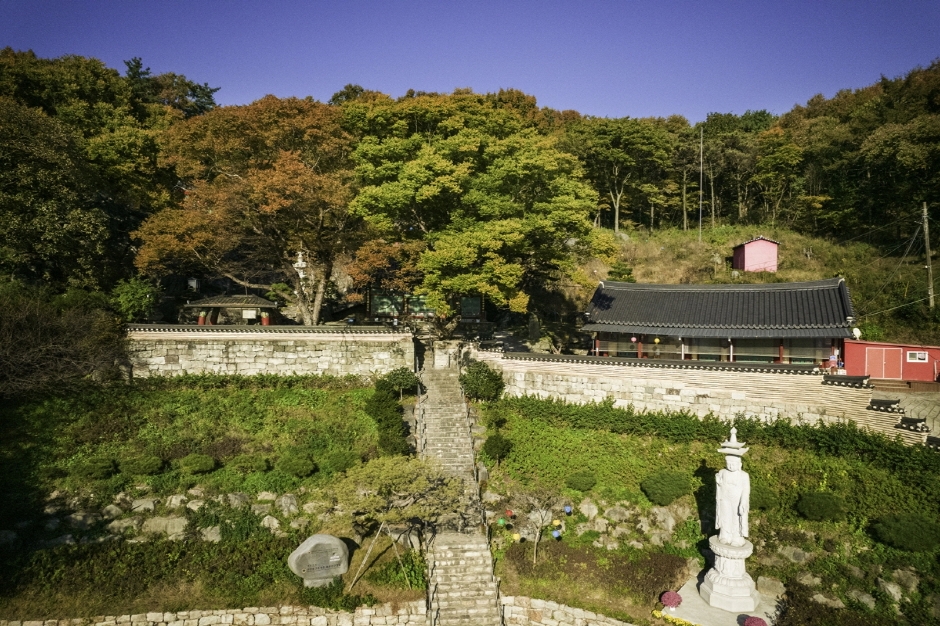
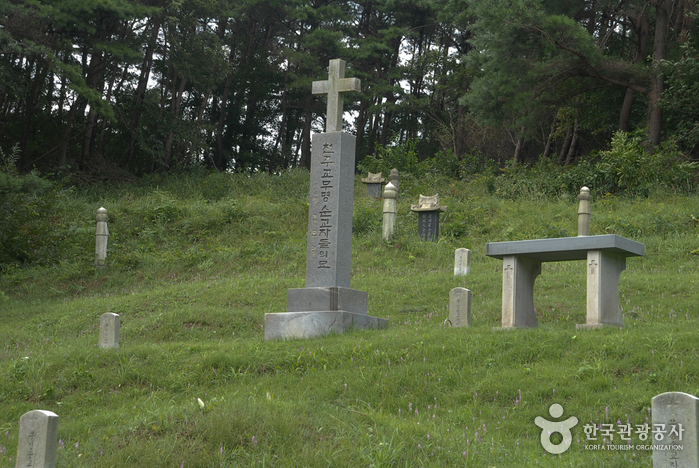
 English
English
 한국어
한국어 日本語
日本語 中文(简体)
中文(简体) Deutsch
Deutsch Français
Français Español
Español Русский
Русский